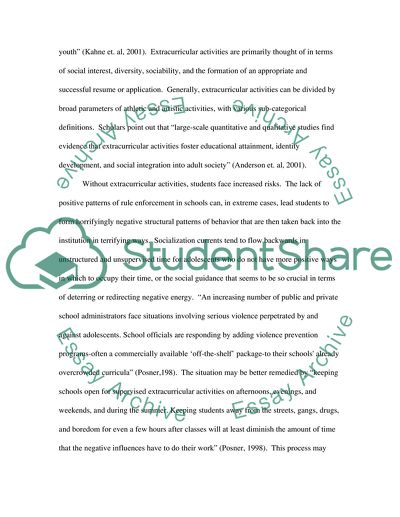Cite this document
(The Help of Extracurricular Activities Term Paper, n.d.)
The Help of Extracurricular Activities Term Paper. Retrieved from https://studentshare.org/education/1571273-succeed-essay
The Help of Extracurricular Activities Term Paper. Retrieved from https://studentshare.org/education/1571273-succeed-essay
(The Help of Extracurricular Activities Term Paper)
The Help of Extracurricular Activities Term Paper. https://studentshare.org/education/1571273-succeed-essay.
The Help of Extracurricular Activities Term Paper. https://studentshare.org/education/1571273-succeed-essay.
“The Help of Extracurricular Activities Term Paper”, n.d. https://studentshare.org/education/1571273-succeed-essay.


